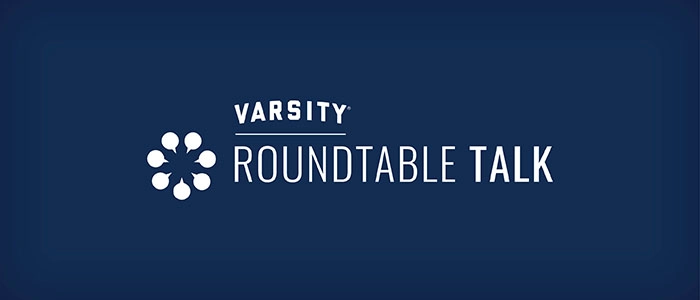Even after three days in the steamy summer heat, my excitement about everything I learned at the LeadingAge Tennessee 2019 Annual Meeting & EXPO is just beginning to heat up. The theme was: “What if we helped people find passion and purpose?” The individuals I connected with at the show are doing that in amazing ways. They’re bringing generations together, leveraging strategies from other industries and approaching their challenges with a fresh perspective.
Without further ado, I’m excited to report back to you my top five “what-ifs” at the show:
1. What if we could integrate former foster youth into senior living communities?
While I was walking the floor, I spoke with Rosemary Ramsey, founder of The Victory Lap, an organization committed to matching youth, 18 to 21, who have aged out of the foster program, with open apartments at senior living communities. The community would be paid $900 per month (funded by the foster program in Tennessee) and would be asked to provide a job for the individual (at least 10 hours per week). The program is intended to give former foster kids a boost — with stable housing, employment opportunities and support from caring older adults — while meeting workforce challenges, filling otherwise vacant units and fostering intergenerational friendships. Look for an interview with Rosemary in a future blog post!
2. What if we could bring the principles of doula care to hospice?
A session on creating a doula program for hospice created some serious conference buzz. The program follows the principles of birthing doulas to help guide the individual and family/loved ones through the dying process.
3. What if we could find and retain top talent?
One of my favorite sessions, led by Matt Thornhill, stressed the need for transparency and inclusion when hiring. It was all about finding and retaining top talent. One example Matt referenced was the innovative 30/40 program by LifeSpire of Virginia in which certified nursing assistants are paid for 40 hours but are only required to work 30.
4. What if new residents could feel at home more easily?
I heard several people talking about a unique continuum concierge program discussed by Melissa Ward, vice president of clinical & regulatory affairs at Functional Pathways. The program promotes successful transitions and helps people stay in their current levels of care. Its tools include new resident orientations, resident-driven support groups, physician services, collaboration across the care continuum and more. Stay tuned for a future blog post about this innovative program.
5. What if we looked beyond a prospect’s age and income?
Last but not least, I’d be remiss if I didn’t mention our session with co-presenter Robbie Voloshin of United Methodist Communities (UMC). Robbie celebrated her birthday that day! The talk covered an in-depth research study on which we had partnered with UMC. In short, the study shows how going beyond superficial demographics to interests and values can help organizations connect more deeply with the right prospects. Discussion centered around the core aspects of the study — the values statements and how they were ranked.
Have you had any what-if moments of your own? If so, drop me an email at DDunham@VarsityBranding.com. I’d love to hear about them.
